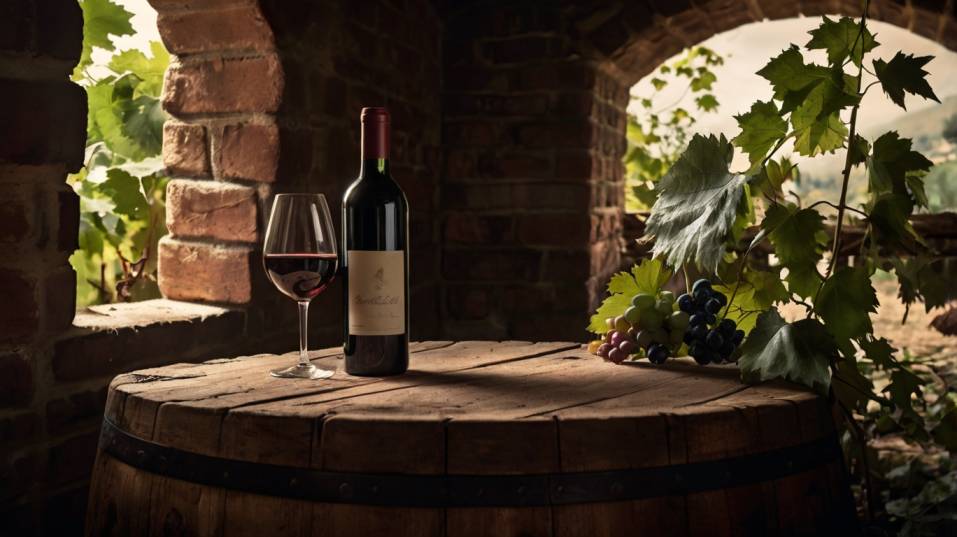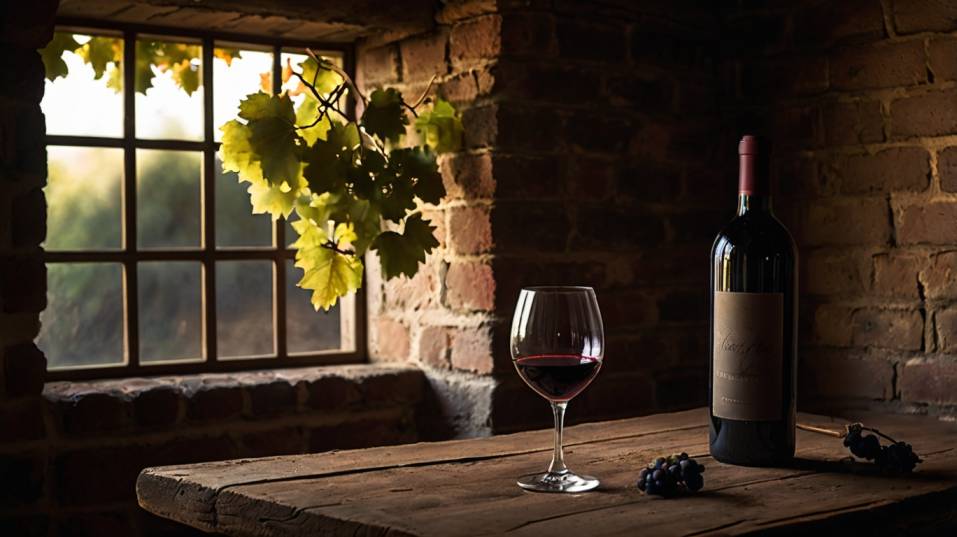What Does “Vintage” Actually Mean?
Curious about wine? Discover what "vintage" really means, why it matters, and how it can help you drink, collect, and taste more confidently.

What if one small number on a wine label could unlock a whole new way of tasting? If you're just getting into wine, “vintage” shows up everywhere—but what does it really tell you? It’s not about age, price, or prestige.
It’s about when the grapes were picked—and that detail can shape everything from how the wine tastes to how long it lasts. Crack this code, and you’ll start drinking smarter from the very first sip.
Vintage = Harvest Year
Let’s cut through the jargon: vintage means the year the grapes were picked. That’s it. Not when the wine was bottled. Not when it hit the shelves. Just the harvest year.
This is key because wine isn’t a manufactured product—it’s grown. Grapes are sensitive to their environment. A hot, dry summer produces different flavors than a cool, rainy one. Early frost might shrink yields but intensify flavor.
Long, mild harvests allow grapes to ripen evenly, while sudden heat spikes or hailstorms can throw everything off balance.
All of that nuance is captured in a wine’s vintage. When you see “2019” on a bottle, you’re not just seeing a date—you’re getting a snapshot of an entire growing season.
Why Vintage Changes the Way Wine Tastes
Think about fruit from your local farmers’ market. Some years, the strawberries are extra sweet. Other years, they’re smaller, more tart, or less juicy. Grapes are no different. Weather shapes how they grow, and that, in turn, shapes the wine.

What This Means for You
- A warmer year might make a wine feel fuller, riper, and softer. Think darker fruit, rounder edges.
- A cooler year might deliver more acidity and structure. Expect fresher flavors, more tension, a lighter body.
- A balanced year can offer the best of both—good ripeness, but with enough structure to age gracefully.
These differences are noticeable, even for beginners.
And they’re one of the reasons wine is endlessly fascinating: the same vineyard, same grape, even the same winemaker can produce something strikingly different from year to year. Vintage is the variable that keeps wine alive.
Don't Confuse Vintage with Age
Here’s a common rookie mistake: thinking vintage means how old a wine is. It doesn’t. A wine’s age is just the time passed between harvest and when you’re drinking it.
Vintage = when the grapes were picked. Age = how long it’s been since then. So a bottle labeled 2017 in your hand today (in 2025) is eight years old. Its vintage is 2017. Its age is eight years.
Why It Matters
Because age and vintage do different things. Age can mellow a wine, bringing out earthy, savory, or nutty notes. But not all wines benefit from aging.
Some are made to drink young—bright, fresh, and fun within a year or two. Others need time to unfurl. Knowing the vintage helps you judge whether the wine in front of you is likely at its peak—or still evolving.
Vintage Variation Depends on Where the Wine Comes From
Some wine regions experience major year-to-year swings. Others don’t. Take Bordeaux, Burgundy, or the Rhône in France. Or Barolo and Chianti in Italy. These places rely heavily on the weather, and it doesn’t always cooperate.
One year could bring ideal growing conditions; the next, too much rain or not enough sun. These are vintage-sensitive regions. Knowing the good years from the tricky ones can help you buy better and avoid disappointment.
Stable vs. Variable Regions
In places like Napa Valley or parts of Australia, the climate is more consistent. There are still differences, but they’re subtler.
A Cabernet from Napa won’t taste identical every year—but you’re less likely to encounter wildly under-ripe or diluted vintages.
What this means for you: if you’re drinking wines from regions with unpredictable climates, vintage can dramatically change the experience.
Don’t worry about memorizing charts. Just get curious. Ask your wine shop what a particular vintage was like. You’ll learn more from that conversation than a dozen generic tasting notes.
How to Use Vintage to Choose Smarter
You don’t need to become a vintage encyclopedia. But you can start tasting more intentionally.
Start by looking at the vintage on the label. Is it recent—say, within the past two or three years? Then it’s probably young, energetic, and fruit-driven. Perfect for casual sipping or pairing with fresh foods.
Older vintage? Then ask yourself: is this wine known for aging well? Structured reds like Nebbiolo, Cabernet Sauvignon, or Syrah often reward patience.
A ten-year-old example might show dried fruit, leather, spice, and more nuance than a fresh one.
Use Vintage to Gauge Drinkability
For white wines, some age gracefully (Riesling, white Burgundy, Chenin Blanc), while others are best young (Pinot Grigio, Sauvignon Blanc, most rosés).
Here’s where vintage helps: if you know a wine is from a leaner, cooler year, it might age longer or taste more focused. A riper, warmer vintage might offer more up-front generosity but fade sooner.
By paying attention to vintage, you’re not just buying wine—you’re choosing when in a wine’s life you want to experience it.
Build Your Palate with Vintage in Mind
Want to sharpen your tasting skills fast? Taste the same wine from different vintages. Doesn’t have to be fancy.
Could be the same Chianti Classico from two different years. Or a basic Bordeaux. Pour them side by side and notice the differences.
You’ll start to pick up how a warmer year might lead to richer fruit and softer tannins, while a cooler year might feel tighter, more angular.
You’ll begin to see how aging changes texture and flavor. You’ll learn what you like—not just what the label says you should.
This is how real wine knowledge happens. Not from memorizing terms, but from slowing down, tasting more mindfully, and connecting what’s in the glass with where (and when) it came from.
Final Thoughts
Vintage is more than just a number on a label. It’s the story of a year—told through the vines, shaped by the weather, and expressed in the bottle. Learn to read it, and you’ll unlock a new level of understanding and appreciation.
Whether you're sipping something fresh and vibrant or exploring an aged bottle with layers of complexity, knowing the vintage helps you taste with more purpose.
It sharpens your instincts, builds your confidence, and turns drinking wine into something richer and more rewarding.
So here’s your move: next time you pick up a bottle, don’t just glance at the label—read it. Ask what that vintage means.
Or better yet, find two bottles from different years and taste them side by side. You’ll be amazed how one small detail can shift your entire experience.
Wine isn’t about memorizing facts. It’s about showing up, tasting more deeply, and letting curiosity lead the way. Vintage is a great place to start.




